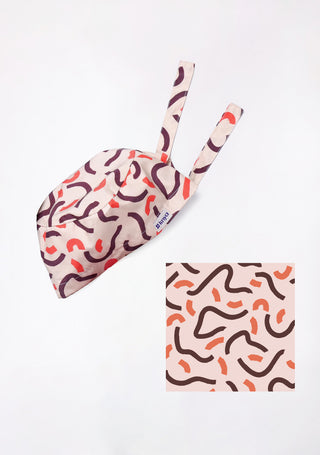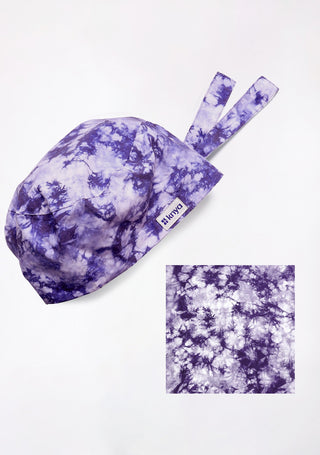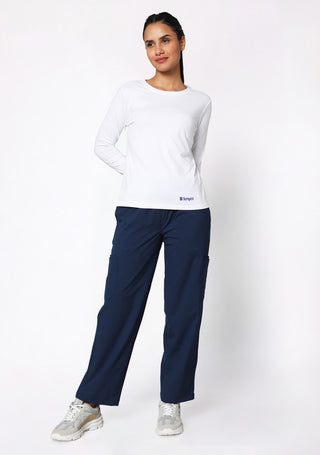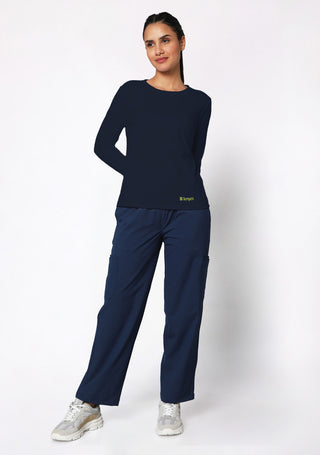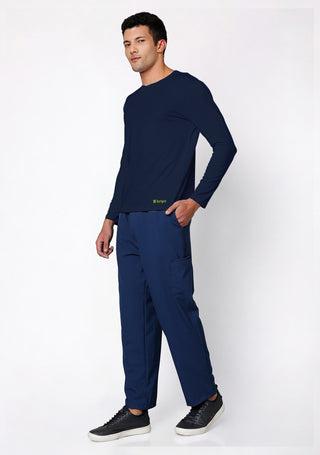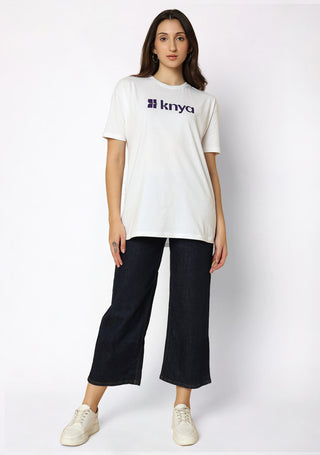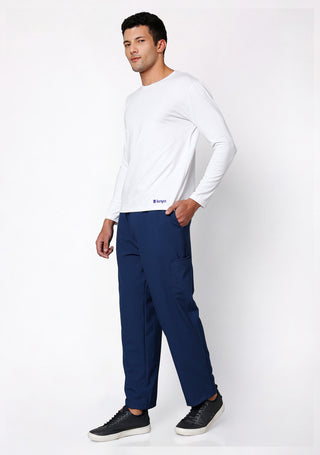Nursing uniforms are not just clothes. They are a part of a nurse’s job. They help nurses stay ready, safe, and clean while taking care of people. Long ago, nurses used to wear white dresses and white hats. These uniforms showed that nurses were clean and caring. Today, nurses wear many kinds of uniforms. Scrubs are very common, but there are other uniforms too. In this blog, we will talk about different types of nursing uniforms, what they are used for, and how they help nurses.
A Simple Look at the Past
In the past, nurses wore white dresses, aprons, and caps. These clothes made nurses look neat. They also helped people know who the nurse was. But these white clothes were not always easy to work in. Nurses had to move fast and work long hours. Slowly, the white dresses and caps went away. Scrubs came in. Scrubs are loose shirts and pants. They are easy to move in. They are also easy to clean.
Click here to explore comfortable lab coats and discover our complete collection of comfortable and stylish medical apparel
Types of Nursing Uniforms
- Scrubs Scrubs are the most common uniform for nurses today. They are made of soft cloth and come in many colors. Scrubs are easy to wash. They help nurses feel free to move. Nurses wear them in hospitals, clinics, and even in homes.
- Lab Coats Some nurses wear lab coats. Lab coats are long coats worn over scrubs or clothes. They protect the clothes from spills. Nurses who work in labs, outpatient clinics, or teaching jobs may wear lab coats. Knya makes lab coats that are strong and last long.
- Tunics Tunics are long tops. They are loose and have side pockets. Nurses in some clinics and care centers wear tunics. Tunics give a neat look. They also make it easy to carry things like pens or scissors.
- Surgical Gowns In operation rooms, nurses wear surgical gowns. These gowns cover the whole body. They stop germs from spreading. They are used only once and then thrown away. Nurses wear masks, gloves, and caps with them.
- Maternity Scrubs Some nurses are also expecting babies. For them, there are maternity scrubs. These scrubs are soft and give extra space around the belly. Knya also makes such scrubs.
- Antimicrobial Scrubs These scrubs are made from cloth that can kill some germs. They help keep the nurse and the patient safe. These scrubs are worn by nurses who work in places with very sick patients.
Things to Check Before Buying Nursing Uniforms
- Fit and Size The uniform should not be too tight or too loose. Nurses move a lot, so the cloth must let them move freely.
- Material The cloth should not tear easily. It should not fade or shrink. Knya uniforms are made to last.
- Pockets Nurses carry many small tools. Pockets help them keep things like pens, notes, and gloves.
- Easy to Wash The uniform should be easy to wash at home. It should dry fast too.
- Looks The nurse should look clean and ready. A tidy look helps patients feel safe.
Why Uniforms Matter to Nurses?
Uniforms help people know who the nurse is. A good uniform makes a nurse feel ready. It also makes work easier. When nurses wear good clothes, they feel proud. A color-coded uniform also helps others in the hospital know who does what.
Uniforms and the Mind
Wearing a proper uniform can make nurses feel more focused. It also helps patients trust them. A clean and neat uniform tells people that the nurse cares about the job. Knya makes uniforms that look simple and neat.
Going Green: Eco-Friendly Uniforms
Some nurses want to wear uniforms that do not hurt nature. Some uniforms are made from recycled cloth. These uniforms do the job and are also safe for the earth. Knya also has such eco-uniforms.
Ready to explore our amazing scrubs collection? Browse the best here
Knya: Uniforms Made for Nurses
Knya makes nursing uniforms that are useful. Knya’s scrubs, lab coats, tunics, and gowns are made from strong cloth. They come in many sizes and colors. Knya makes uniforms that fit well and look neat. Many nurses trust Knya for daily wear.
Conclusion
Nursing uniforms are not just clothes. They help nurses do their job better. Scrubs are very common, but there are also lab coats, tunics, surgical gowns, and special scrubs for maternity or extra safety. Good uniforms help nurses stay ready, feel proud, and look clean. When nurses wear the right uniform, they feel more focused. They also make patients feel calm. Knya makes good uniforms that meet all these needs. The world of nursing is always changing, and uniforms change too. But one thing stays the same: a good uniform makes a big difference.


